American Life in Poetry: Column 500
BY TED KOOSER, U.S. POET LAUREATE
 This is our 500th weekly column, and we want to thank the newspapers who publish us, the poets who are so generous with their work, our sponsors The Poetry Foundation, The Library of Congress, the University of Nebraska-Lincoln English Department, and our many readers, in print and on line.
This is our 500th weekly column, and we want to thank the newspapers who publish us, the poets who are so generous with their work, our sponsors The Poetry Foundation, The Library of Congress, the University of Nebraska-Lincoln English Department, and our many readers, in print and on line.
Almost every week I read in our local newspaper that some custodial parent has had to call in the law to stand by while a child is transferred to its other parent amidst some post-divorce hostility. So it’s a pleasure to read this poem by Elise Hempel, who lives in Illinois, in which the transfer is attended only by a little heartache.
The Transfer
His car rolls up to the curb, you switch
your mood, which doll to bring and rush
out again on the sliding steps
of your shoes half-on, forgetting to zip
your new pink coat in thirty degrees,
teeth and hair not brushed, already
passing the birch, mid-way between us,
too far to hear my fading voice
calling my rope of reminders as I
lean out in my robe, another Saturday
morning you’re pulled toward his smile, his gifts,
sweeping on two flattened rafts
from mine to his, your fleeting wave
down the rapids of the drive.
American Life in Poetry is made possible by The Poetry Foundation (www.poetryfoundation.org), publisher of Poetry magazine. It is also supported by the Department of English at the University of Nebraska-Lincoln. Poem copyright ©2013 by Elise Hempel and reprinted from Only Child, Finishing Line Press, 2014, by permission of Elise Hempel and the publisher. Introduction copyright © 2014 by The Poetry Foundation. The introduction’s author, Ted Kooser, served as United States Poet Laureate Consultant in Poetry to the Library of Congress from 2004-2006. We do not accept unsolicited manuscripts.
 As part of World Literature Today magazine’s November 2014 cover feature focusing on central European literature since the fall of the Berlin Wall, the editors invited 25 writers to nominate one book that most influenced their own writing or ways of seeing the world. Nominations were open to any book-length work—written in any language and published since November 1989—as long as it could be read in English. The longlist was then published on WLT’s blog, and readers were invited to vote for their three favorites. The top ten results, along with the nominating statements for the three winning titles, can be found in the most recent issue and on their website.
As part of World Literature Today magazine’s November 2014 cover feature focusing on central European literature since the fall of the Berlin Wall, the editors invited 25 writers to nominate one book that most influenced their own writing or ways of seeing the world. Nominations were open to any book-length work—written in any language and published since November 1989—as long as it could be read in English. The longlist was then published on WLT’s blog, and readers were invited to vote for their three favorites. The top ten results, along with the nominating statements for the three winning titles, can be found in the most recent issue and on their website.

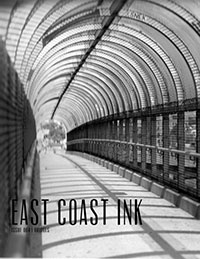
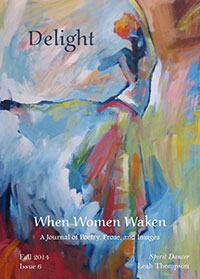
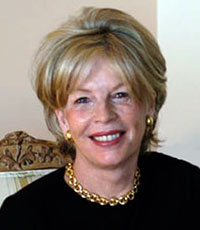 With a few credentials under her belt, including former Editor-in-Chief of William Morrow, Executive Editor of Harper Collins, and Executive Editor of Delacorte Press, Betty Kelly Sargent offers writers succinct and sound advice in her feature essay “What Good Editors Do and How To Find One.” It can be read in the Fall 2014 online issue of
With a few credentials under her belt, including former Editor-in-Chief of William Morrow, Executive Editor of Harper Collins, and Executive Editor of Delacorte Press, Betty Kelly Sargent offers writers succinct and sound advice in her feature essay “What Good Editors Do and How To Find One.” It can be read in the Fall 2014 online issue of 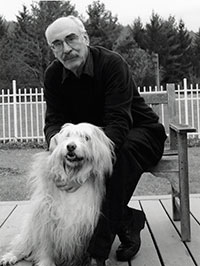 The Fall 2014 issue of
The Fall 2014 issue of 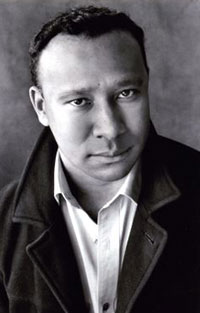 The most recent issue of
The most recent issue of 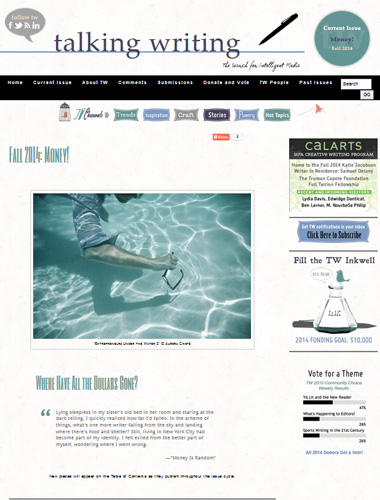
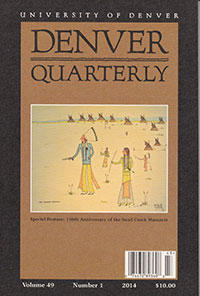 The newest issue of
The newest issue of 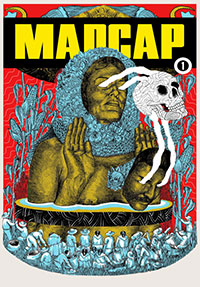
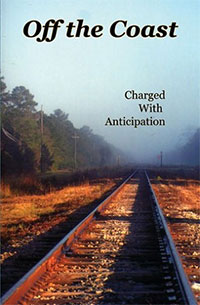 This photograph, “Longings,” by Malinda Fillingim graces the cover of the Fall 2014 poetry journal
This photograph, “Longings,” by Malinda Fillingim graces the cover of the Fall 2014 poetry journal 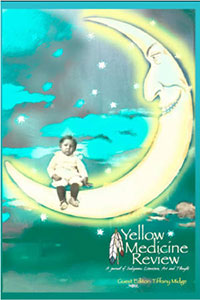 As a lifetime fan of the movie, Paper Moon, I was of course struck by this image Fall 2014 cover image for
As a lifetime fan of the movie, Paper Moon, I was of course struck by this image Fall 2014 cover image for 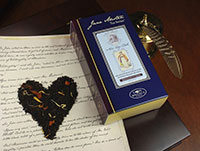
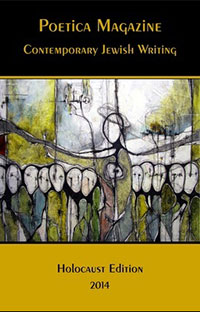 Although the fall edition of
Although the fall edition of 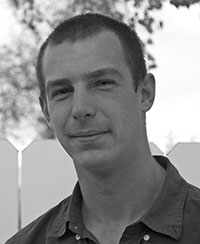 Revealing the interiority of a character in a way that feels natural, yet resonates powerfully within a reader is one of the most difficult tasks of the fiction writer. Considering how powerful that emotional connection between reader and character can prove to be, and how empty a story can feel without it, it’s vital that the writer bridge the distance between reader and character in ways that are subtle rather than clumsy.
Revealing the interiority of a character in a way that feels natural, yet resonates powerfully within a reader is one of the most difficult tasks of the fiction writer. Considering how powerful that emotional connection between reader and character can prove to be, and how empty a story can feel without it, it’s vital that the writer bridge the distance between reader and character in ways that are subtle rather than clumsy.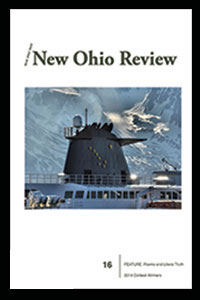 Issue #16 / Fall 2014 of
Issue #16 / Fall 2014 of 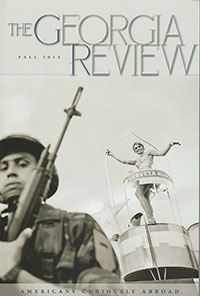 Americans Curiously Abroad is the feature in the Fall 2014 issue of
Americans Curiously Abroad is the feature in the Fall 2014 issue of  From
From 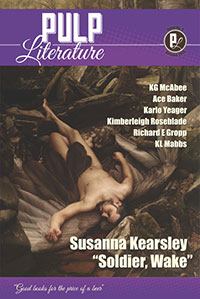 The most recent issue of
The most recent issue of 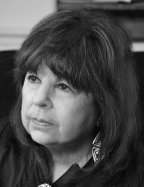
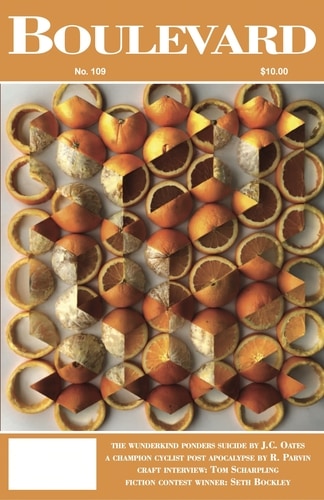
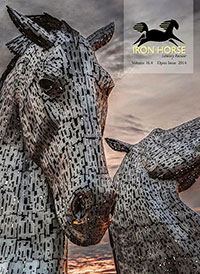
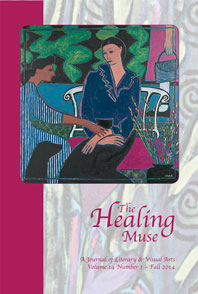 I love the concept of
I love the concept of 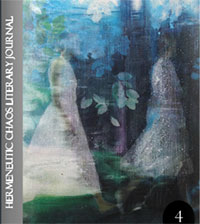
 This is our 500th weekly column, and we want to thank the newspapers who publish us, the poets who are so generous with their work, our sponsors The Poetry Foundation, The Library of Congress, the University of Nebraska-Lincoln English Department, and our many readers, in print and on line.
This is our 500th weekly column, and we want to thank the newspapers who publish us, the poets who are so generous with their work, our sponsors The Poetry Foundation, The Library of Congress, the University of Nebraska-Lincoln English Department, and our many readers, in print and on line.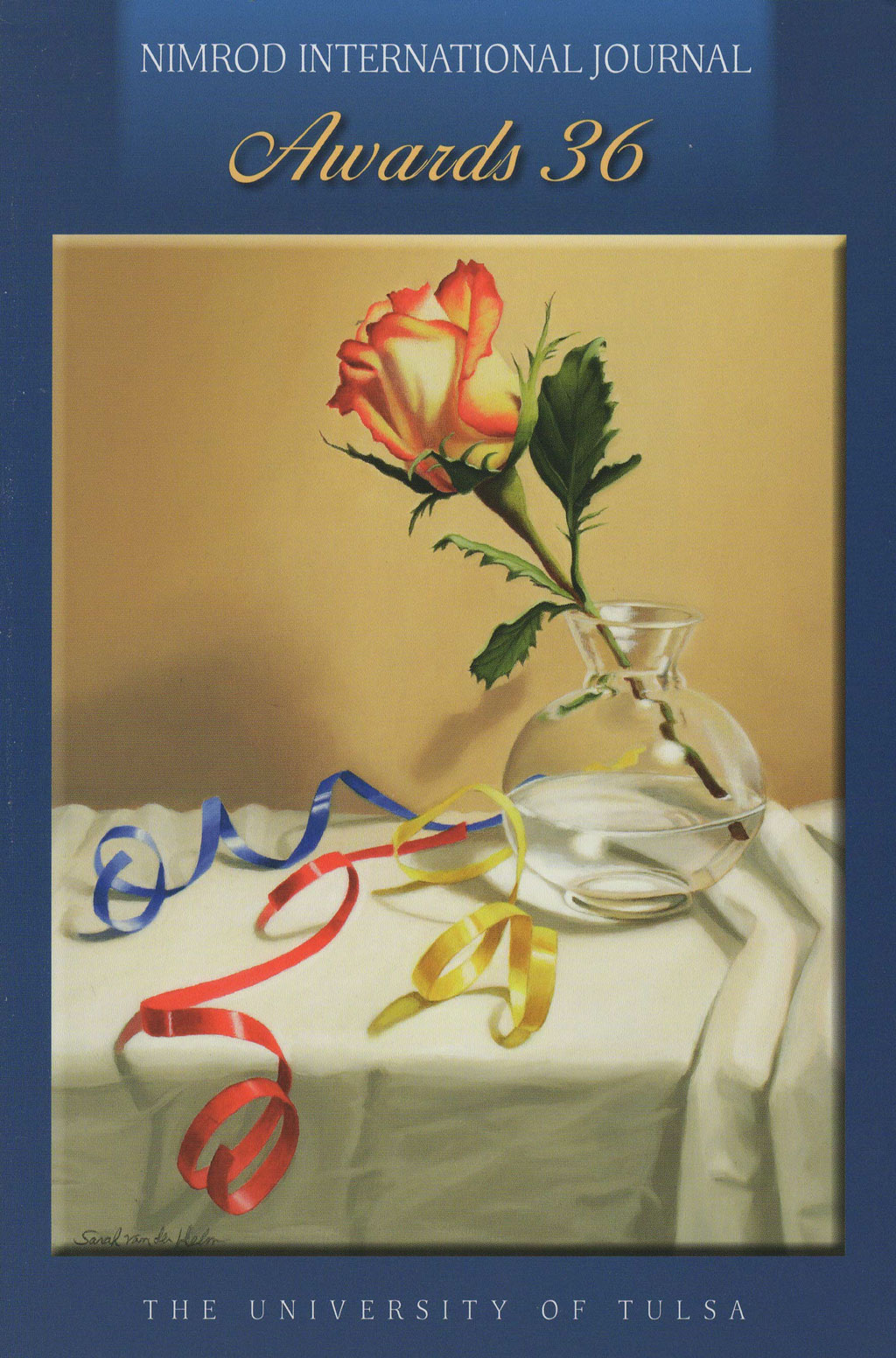 Every year, Nimrod puts out a special issue dedicated to that year’s awards: The Katherine Anne Porter Prize for Fiction and The Pablo Neruda Prize for Poetry. This fall, Nimrod honors the selections made by fiction judge Chris Abani and poetry judge W. S. Di Piero. “The winning stories and poems display a breadth of style and creativity, each one unique in its approach to its subject.”
Every year, Nimrod puts out a special issue dedicated to that year’s awards: The Katherine Anne Porter Prize for Fiction and The Pablo Neruda Prize for Poetry. This fall, Nimrod honors the selections made by fiction judge Chris Abani and poetry judge W. S. Di Piero. “The winning stories and poems display a breadth of style and creativity, each one unique in its approach to its subject.” DigitalArts Editor
DigitalArts Editor 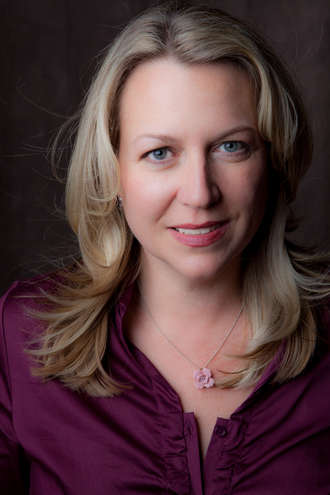 Because of her large success with her creative nonfiction title Wild, Cheryl Strayed is greatly known in the writing world, and in the latest print issue of
Because of her large success with her creative nonfiction title Wild, Cheryl Strayed is greatly known in the writing world, and in the latest print issue of 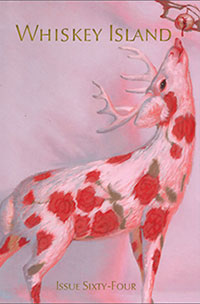
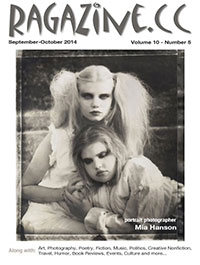
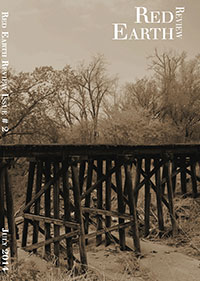

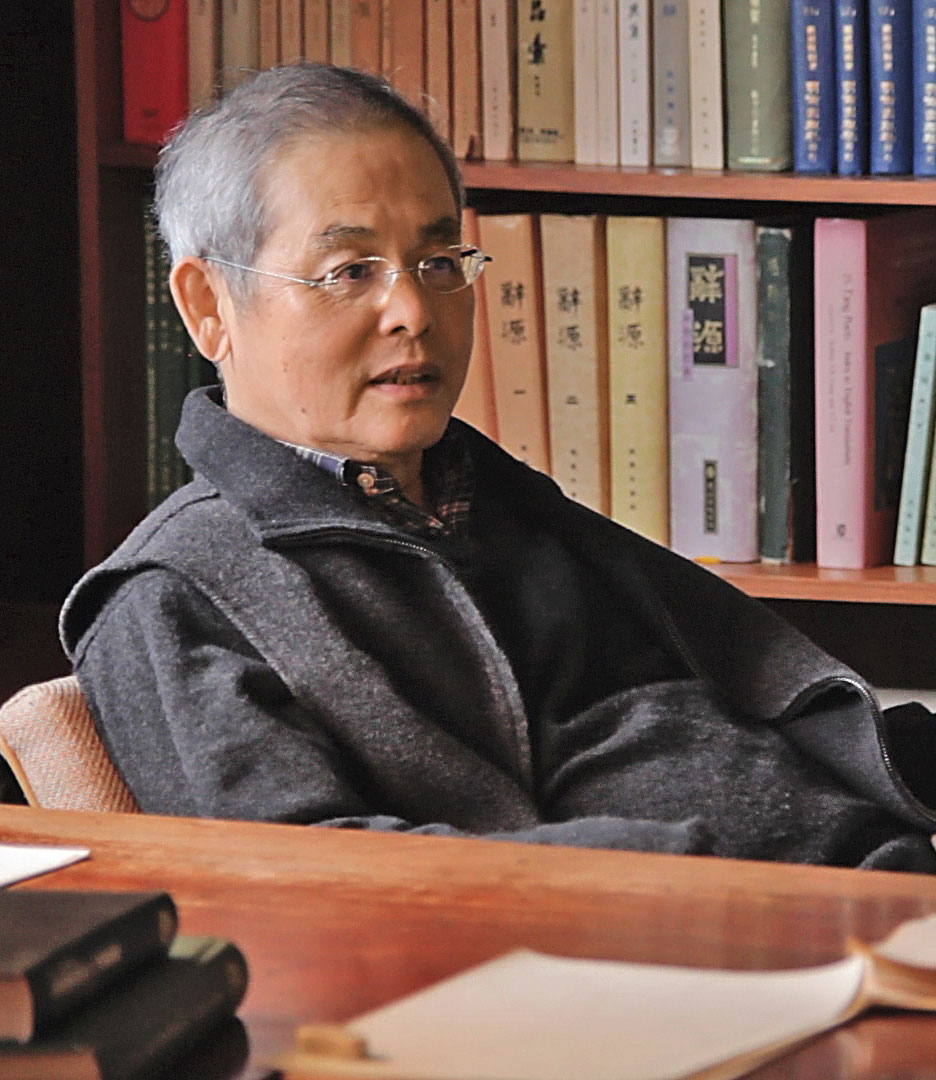 “The Newman Prize for Chinese Literature is awarded biennially in recognition of outstanding achievement in prose or poetry that best captures the human condition, and is conferred solely on the basis of literary merit.” The winner for 2013 is Yang Mu, and the recent issue of Chinese Literature Today includes a special feature on the writer, including poetry by Yang Mu and an interview.
“The Newman Prize for Chinese Literature is awarded biennially in recognition of outstanding achievement in prose or poetry that best captures the human condition, and is conferred solely on the basis of literary merit.” The winner for 2013 is Yang Mu, and the recent issue of Chinese Literature Today includes a special feature on the writer, including poetry by Yang Mu and an interview.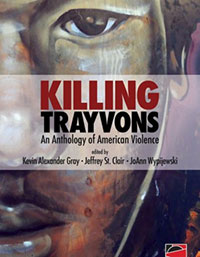 Published by CounterPunch,
Published by CounterPunch, 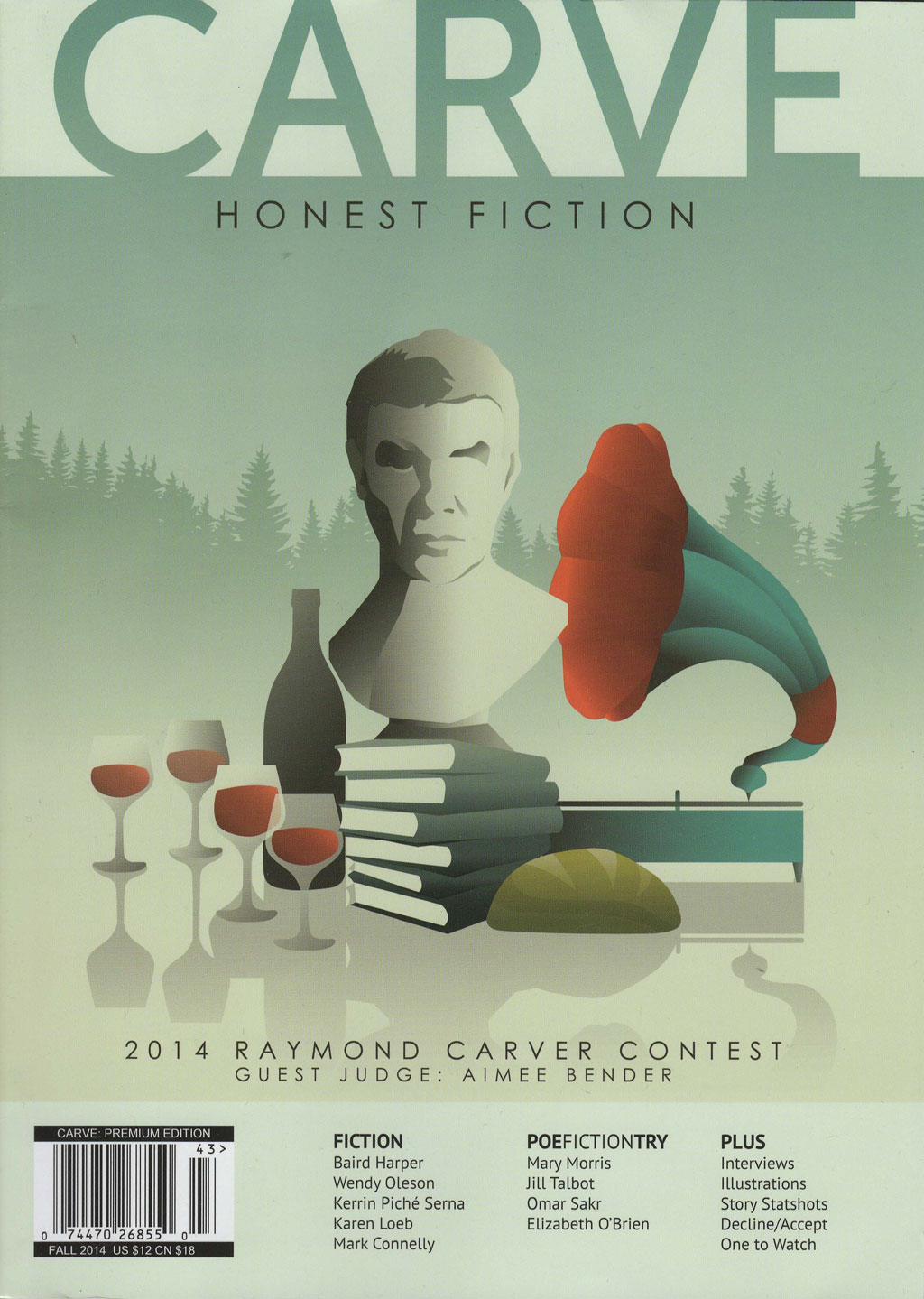 The latest issue of
The latest issue of 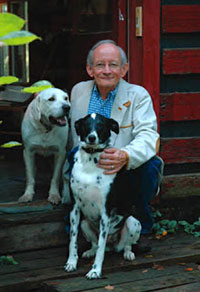 On a parking lot staircase
On a parking lot staircase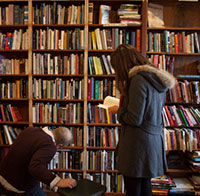 “You know what you can’t buy on Amazon? A cozy nook to hang out and skim the new or used book you’re about to buy. Knowledgeable staffers (not algorithms) to recommend favorite novels. Some of our favorite bookstores even offer coffee, wine or beer. So the next time you’re on the hunt for a page-turner, browse the stacks inside these wonderful, well-read shops.” Check out the stores in
“You know what you can’t buy on Amazon? A cozy nook to hang out and skim the new or used book you’re about to buy. Knowledgeable staffers (not algorithms) to recommend favorite novels. Some of our favorite bookstores even offer coffee, wine or beer. So the next time you’re on the hunt for a page-turner, browse the stacks inside these wonderful, well-read shops.” Check out the stores in 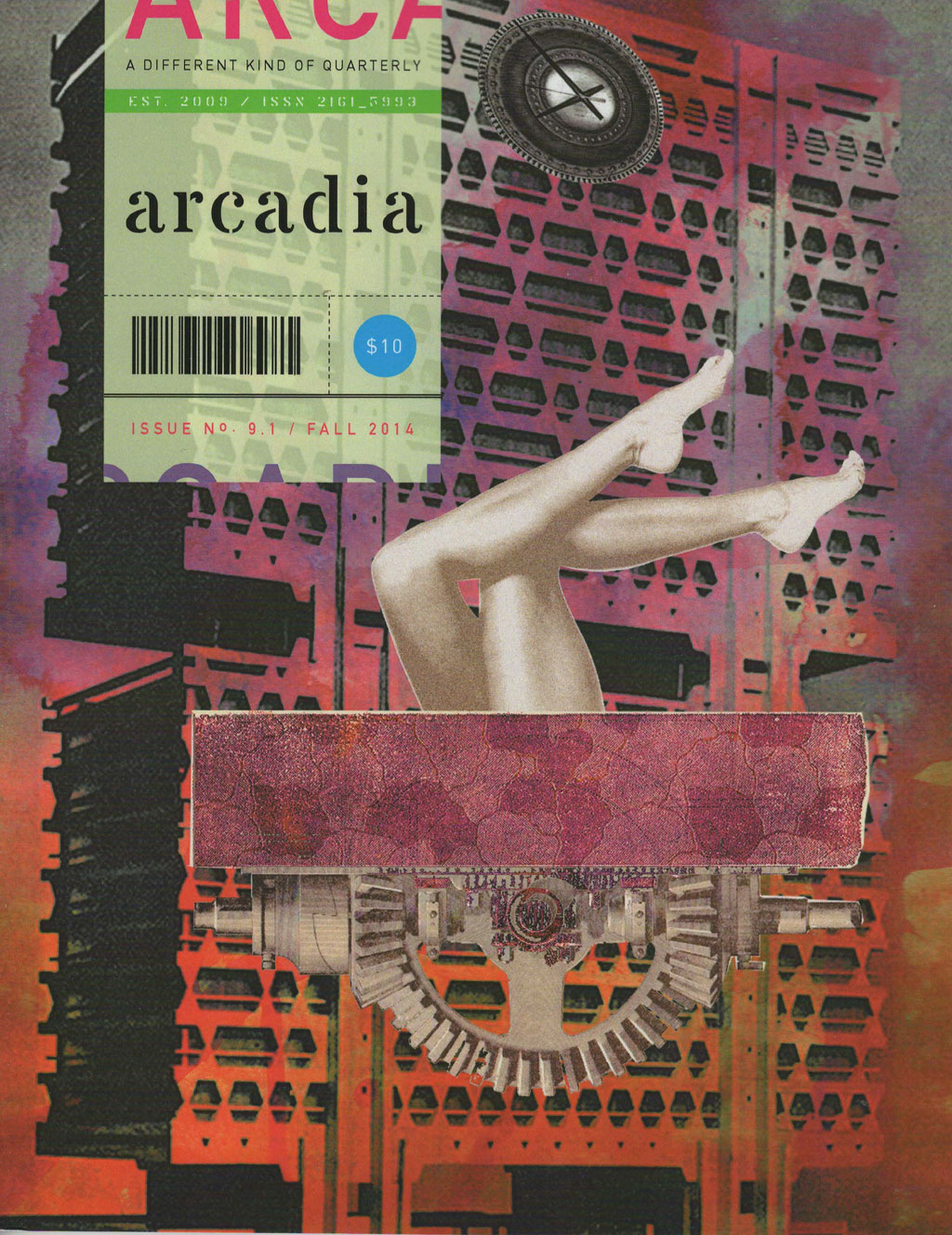
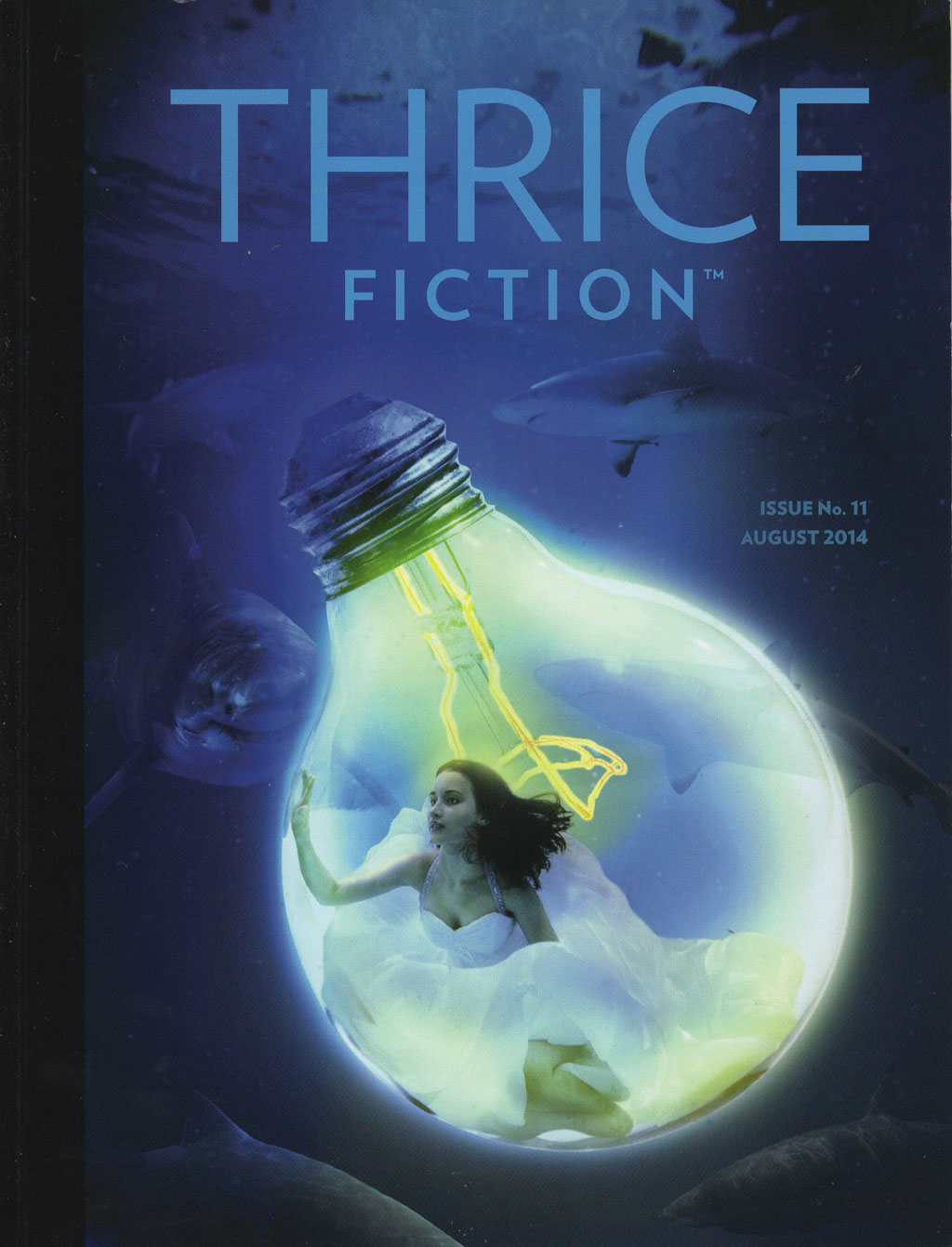
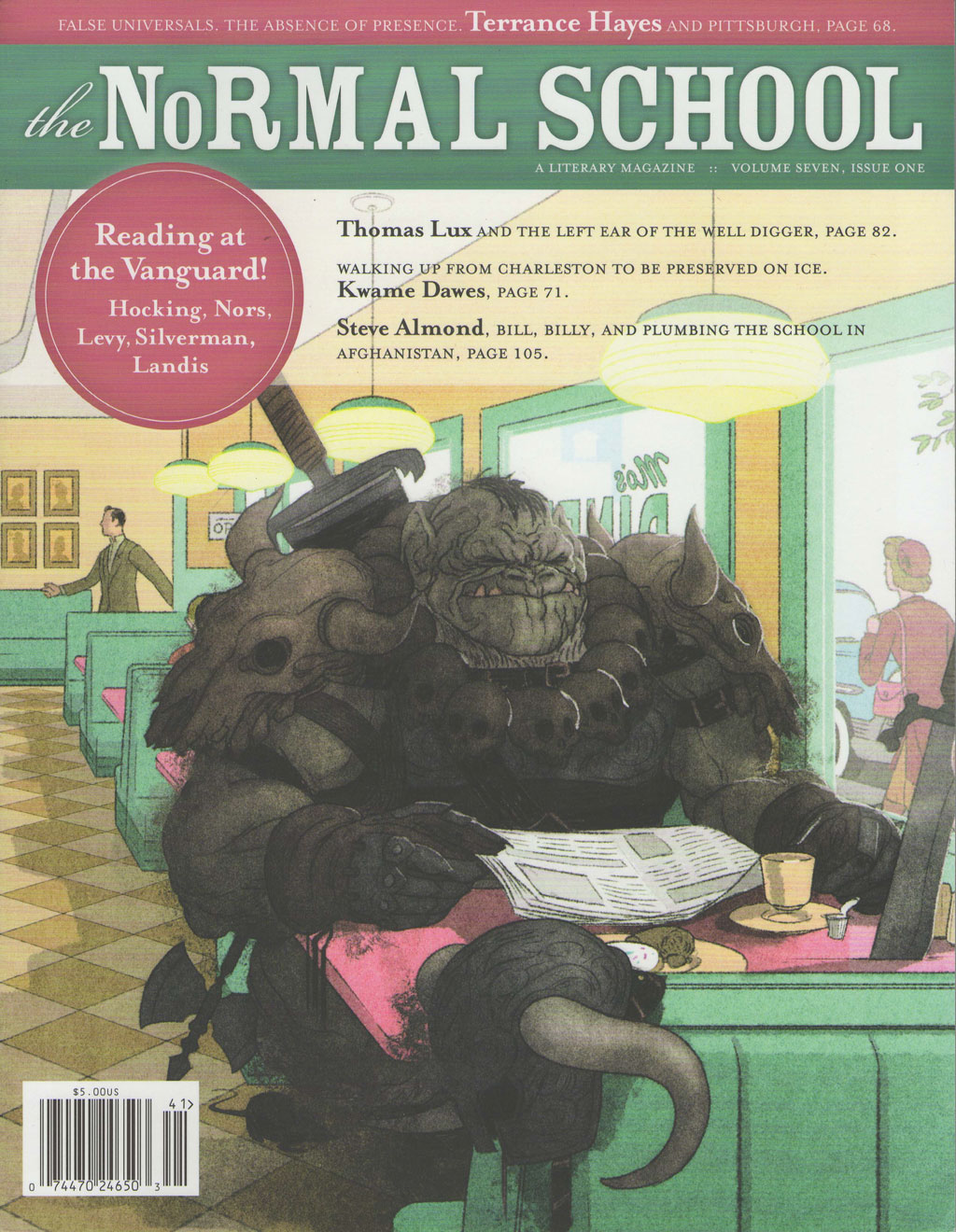
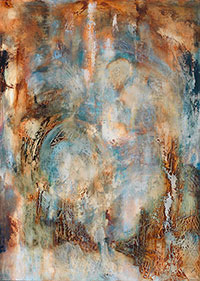 From
From  Non-Sequitur by
Non-Sequitur by 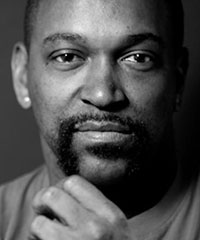 The independent print literary review,
The independent print literary review, 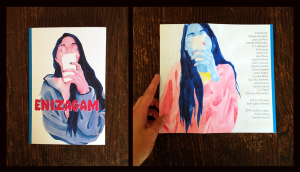 The latest volume of
The latest volume of 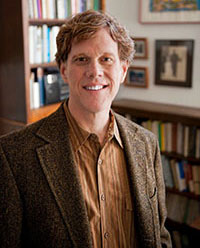 Bruce Bond, of Denton, Texas, has been named winner of the
Bruce Bond, of Denton, Texas, has been named winner of the 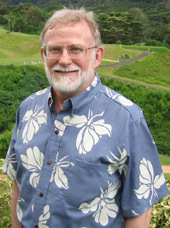 The Fall/Winter 2014 issue of
The Fall/Winter 2014 issue of 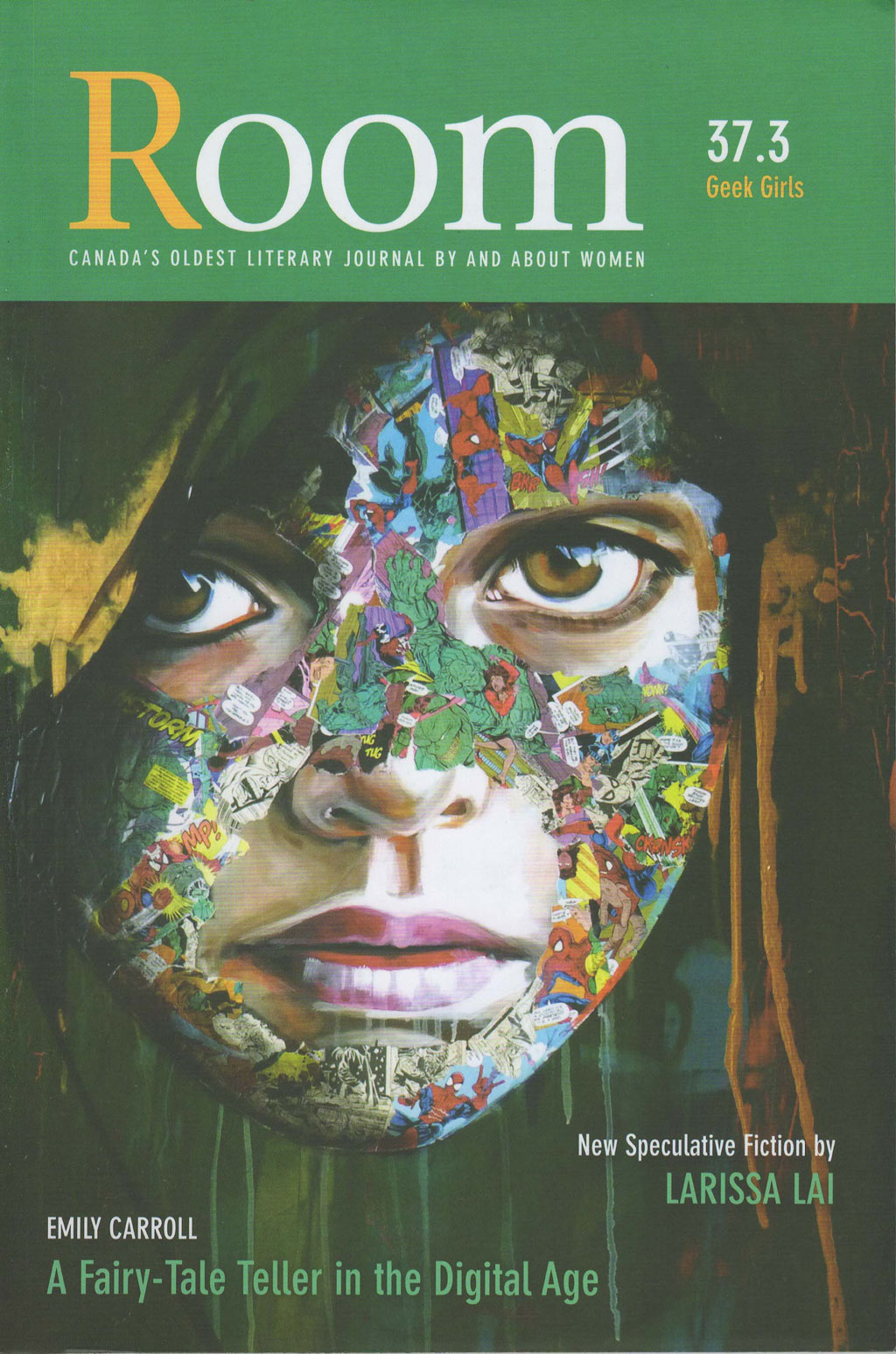 Paying full notice to the current phenomenon of women pretending to be geeks to attract males and “the insidious ‘Idiot Nerd Girl’ meme,” Meghan Bell introduces this special “Geek Girls” issue of
Paying full notice to the current phenomenon of women pretending to be geeks to attract males and “the insidious ‘Idiot Nerd Girl’ meme,” Meghan Bell introduces this special “Geek Girls” issue of 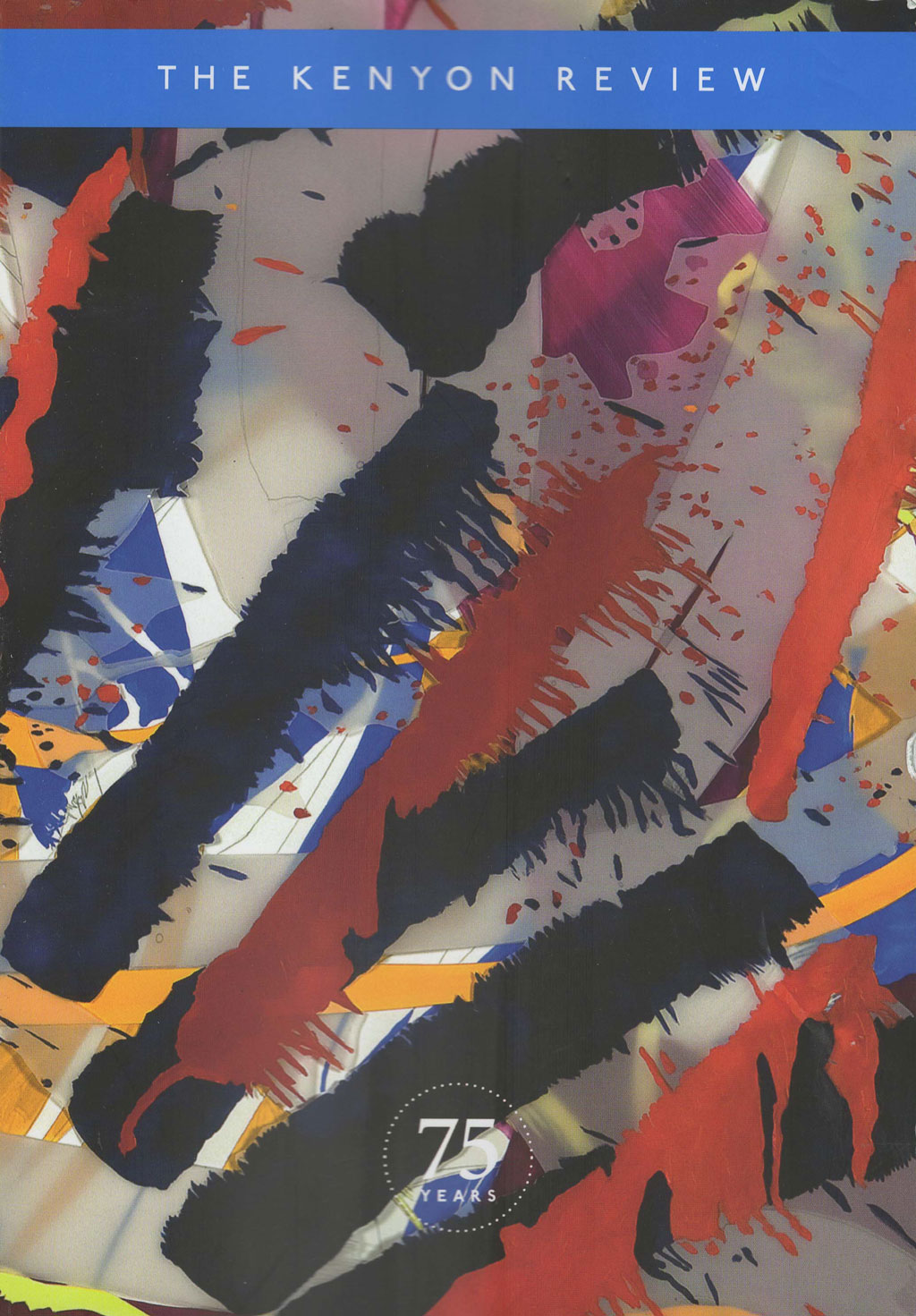 The most recent issue of
The most recent issue of